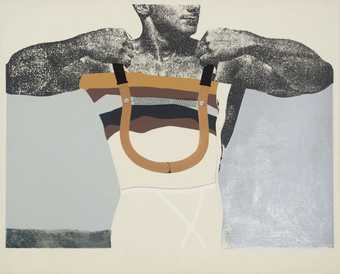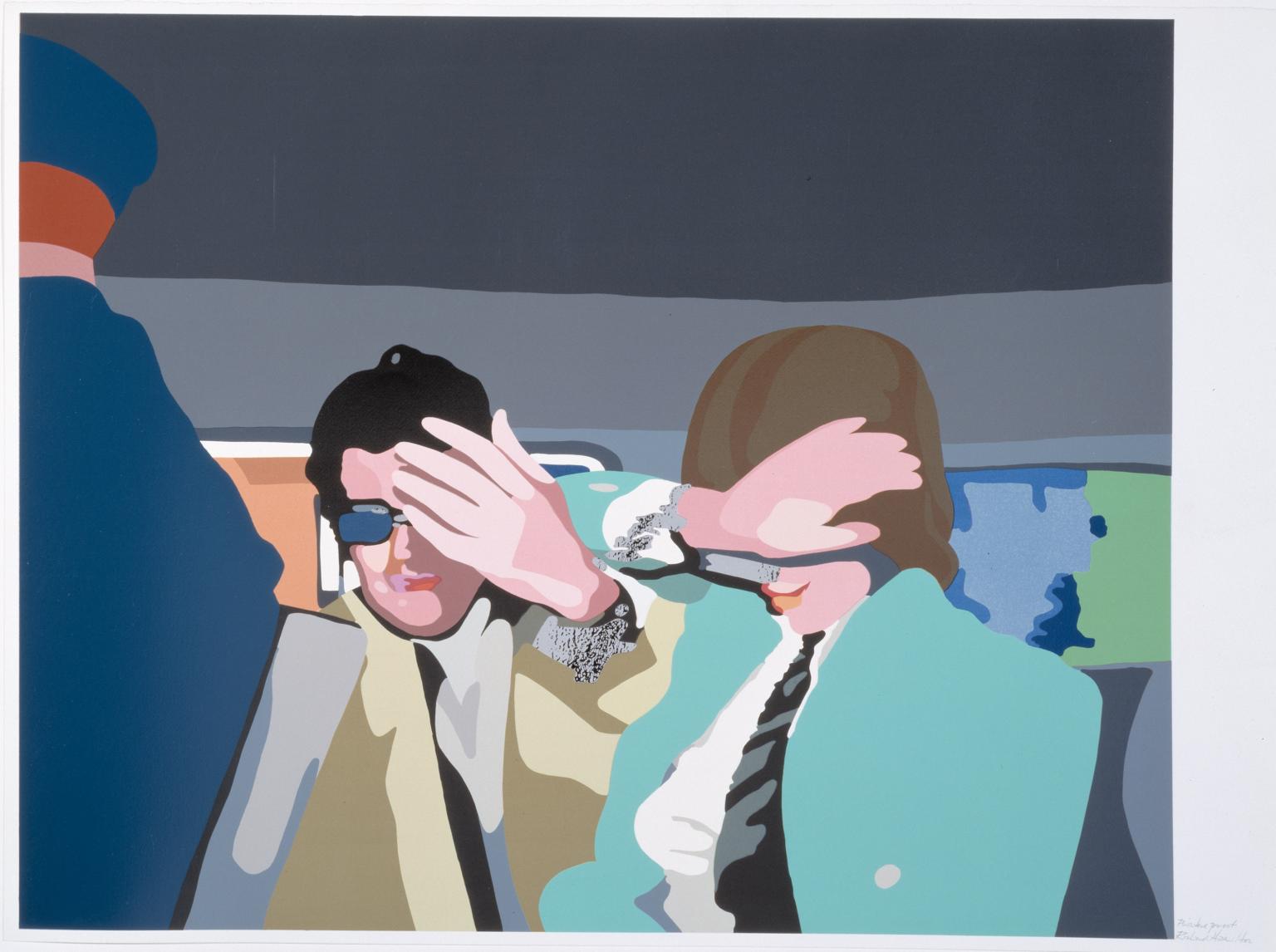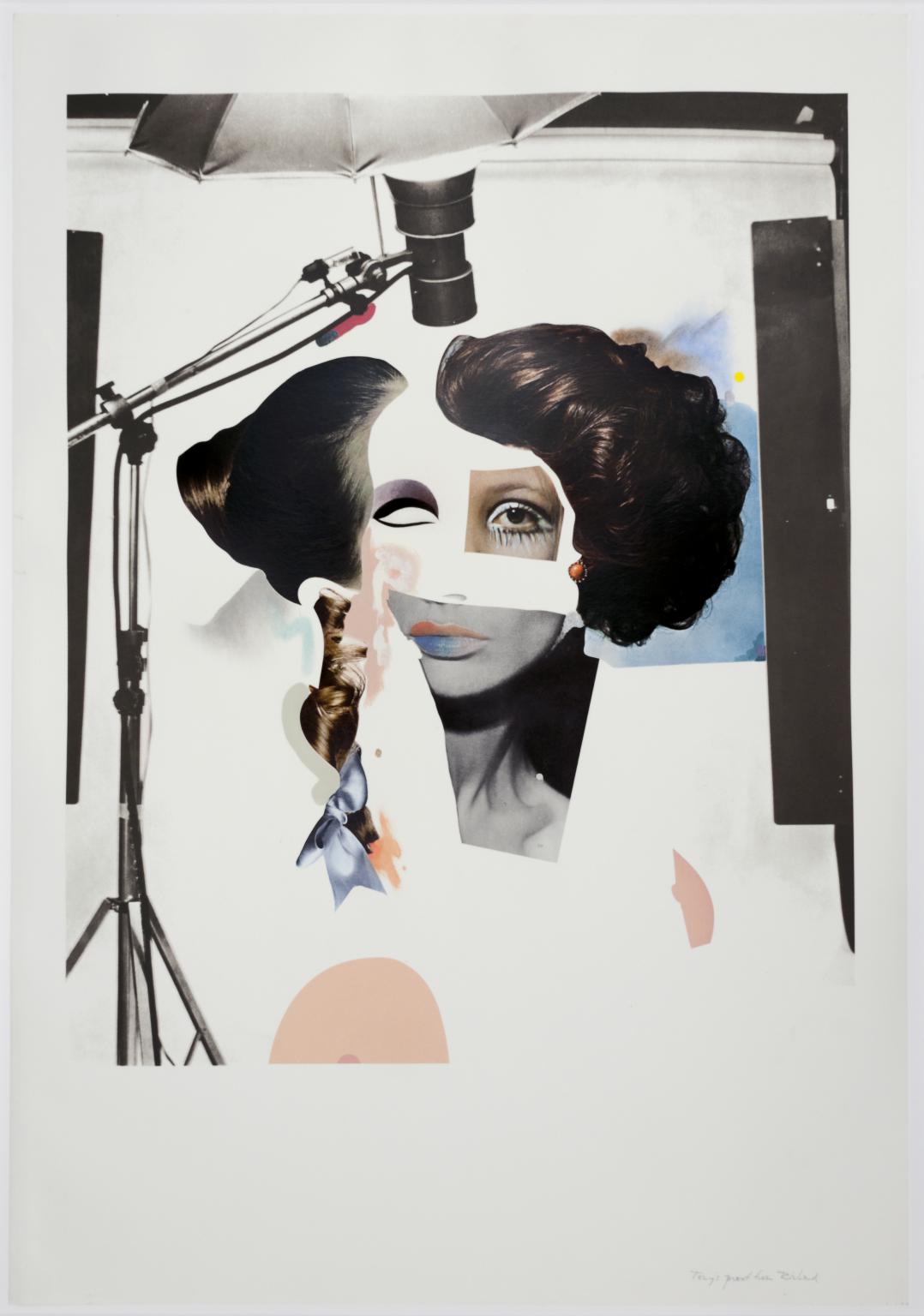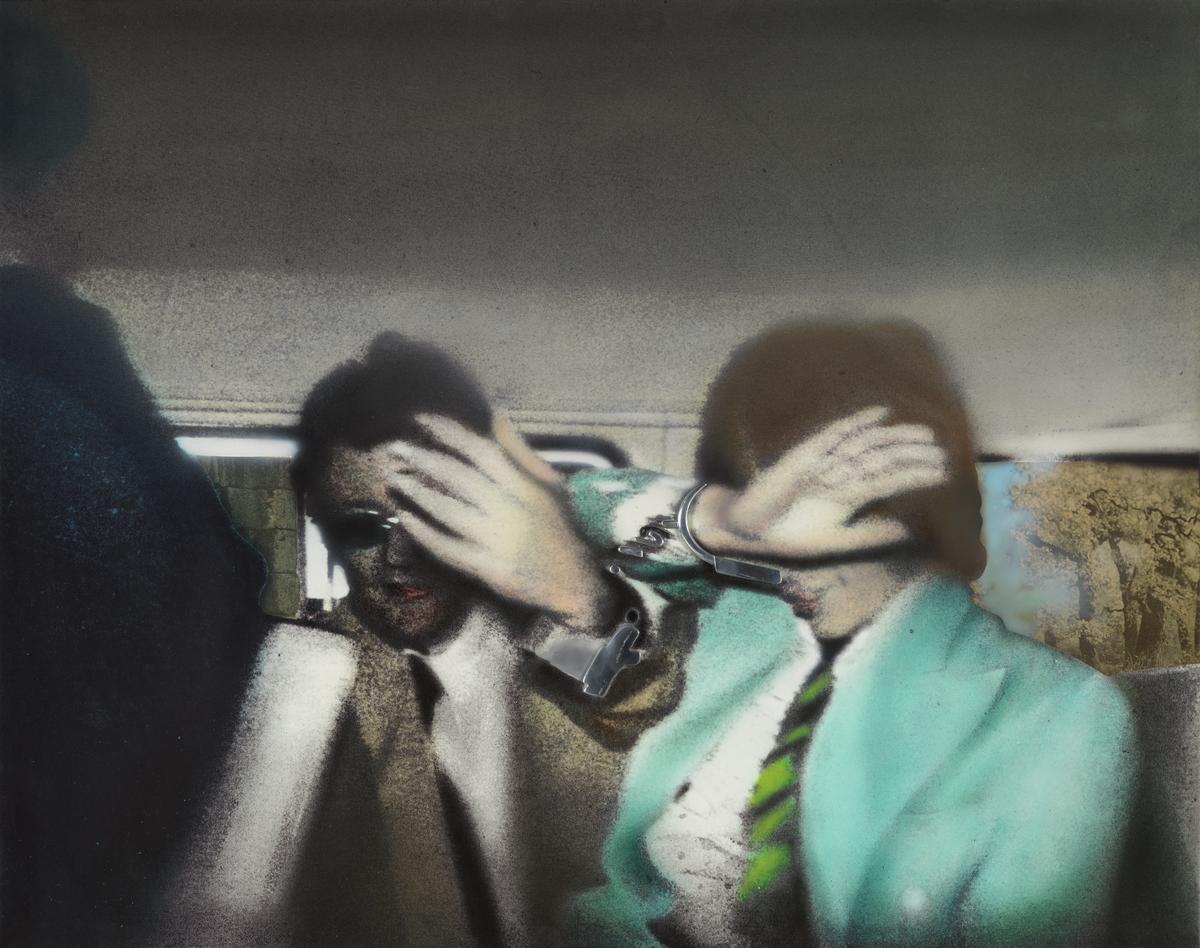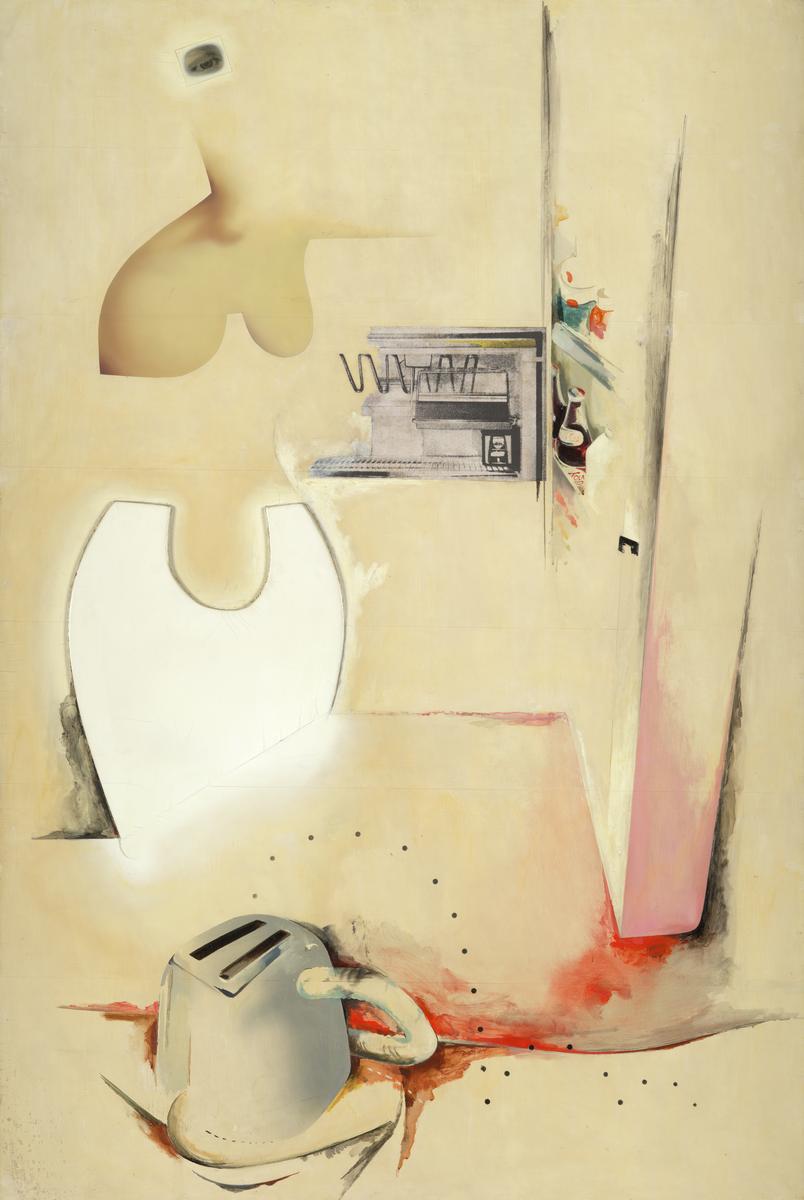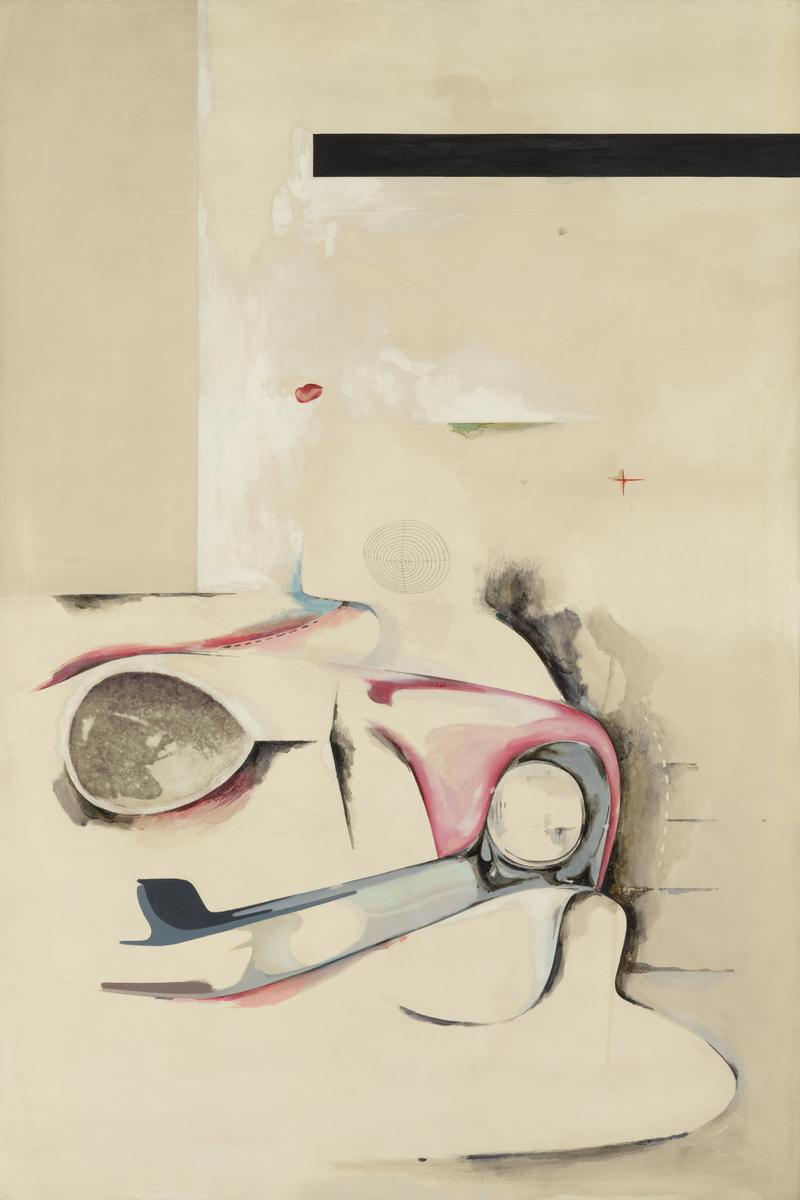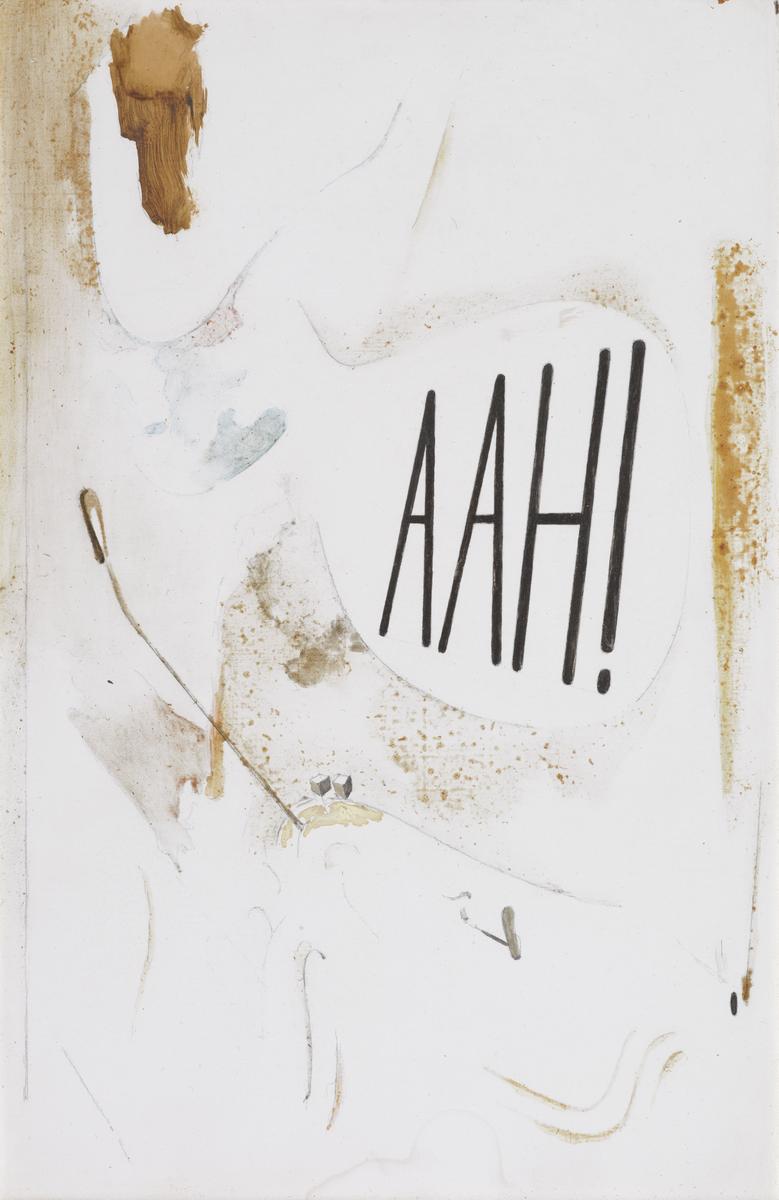14 rooms in Modern and Contemporary British Art
This display brings together paintings and prints Hamilton made between the 1950s and the 1970s, when modern consumer culture emerged in Britain
‘I would like to think of my purpose as a search for what is epic in everyday objects and everyday attitudes.’
Richard Hamilton was relentlessly curious about what it means to live in a world saturated by mass-produced objects and images. He was suspicious of the divide between traditional ‘high’ art and the seductive visual culture of everyday life: the cinema, television, advertising, glossy magazines. In 1957, the artist proposed the first definition of Pop Art: ‘Popular (designed for a mass audience), Transient (short-term solution), Expendable (easily forgotten), Low cost, Mass produced, Young (aimed at youth), Witty, Sexy, Gimmicky, Glamorous, Big Business.’
Taking popular culture as his subject matter – especially that imported from the USA – Hamilton described his approach as shaped by a ‘peculiar mixture of reverence and cynicism.’ Under his critical gaze, codes of sexuality and gender are deconstructed, and the increasingly commercialised relationship between the human body and its environment comes into focus.
Hamilton’s creative process was complex and experimental. Starting with images borrowed from mass media, he typically combined multiple techniques in ways that tested their ability to represent reality. Often unfolding in series, the works here repeat, distort and decontextualise found images, asking us to question what we see.
Art in this room
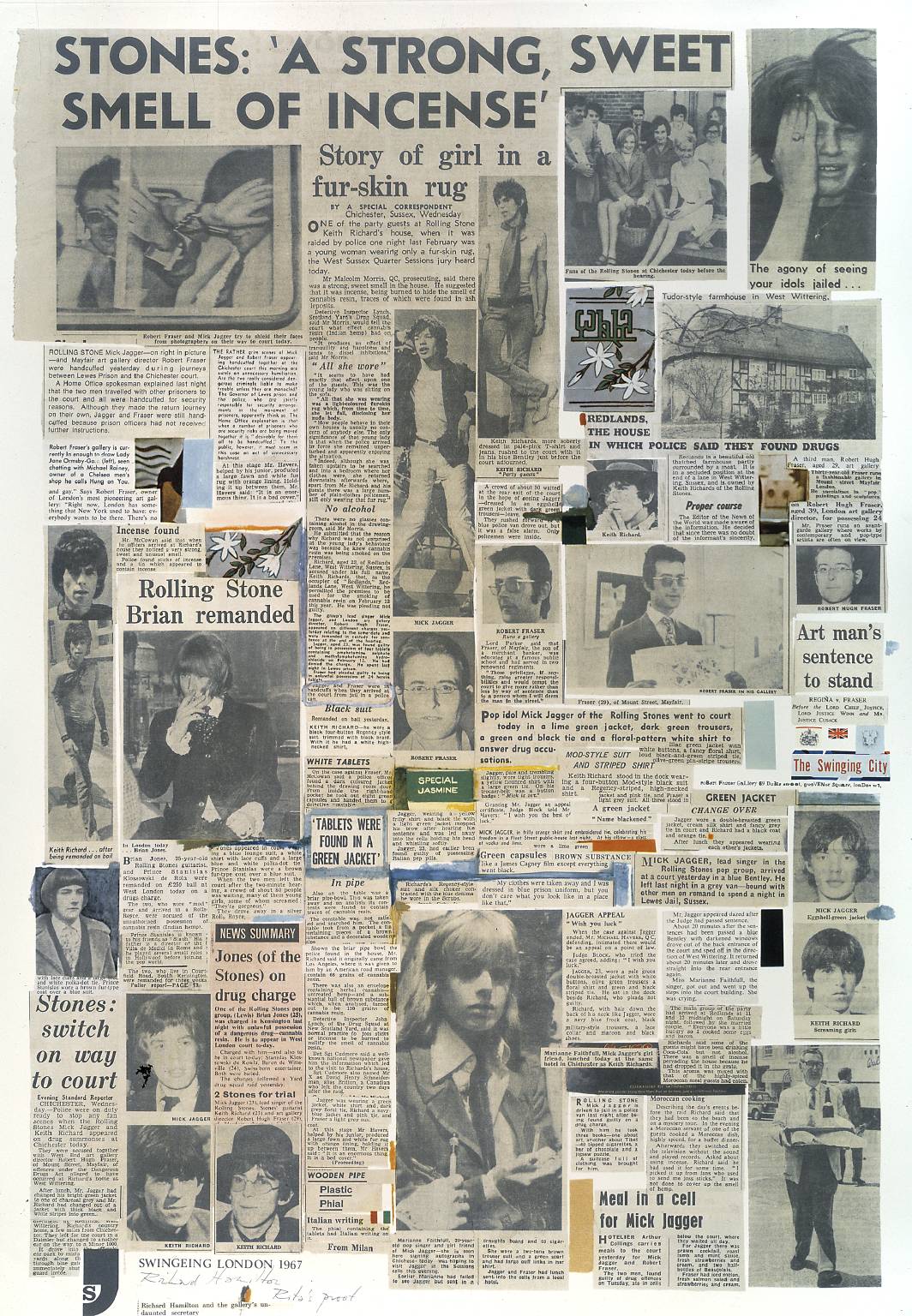
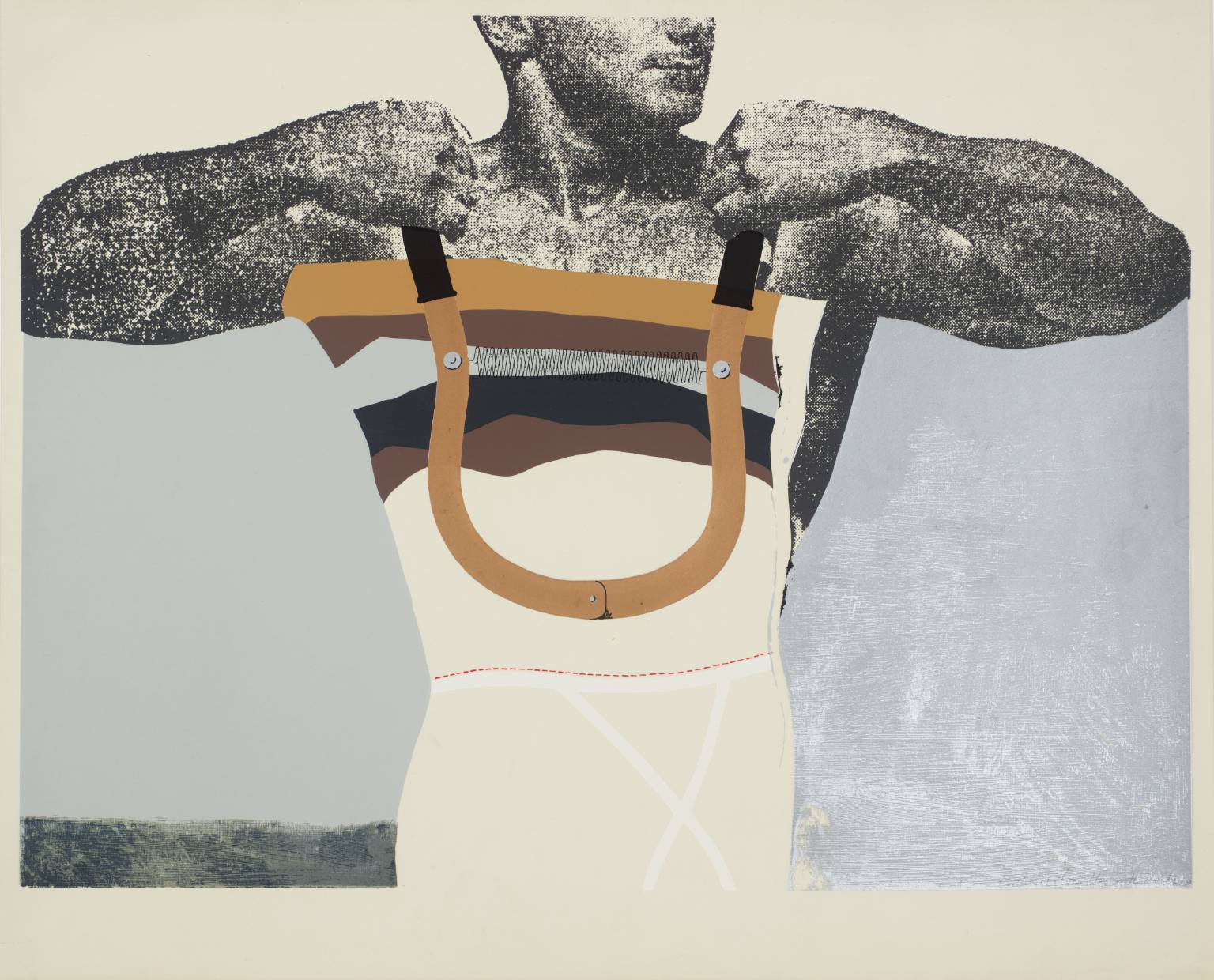
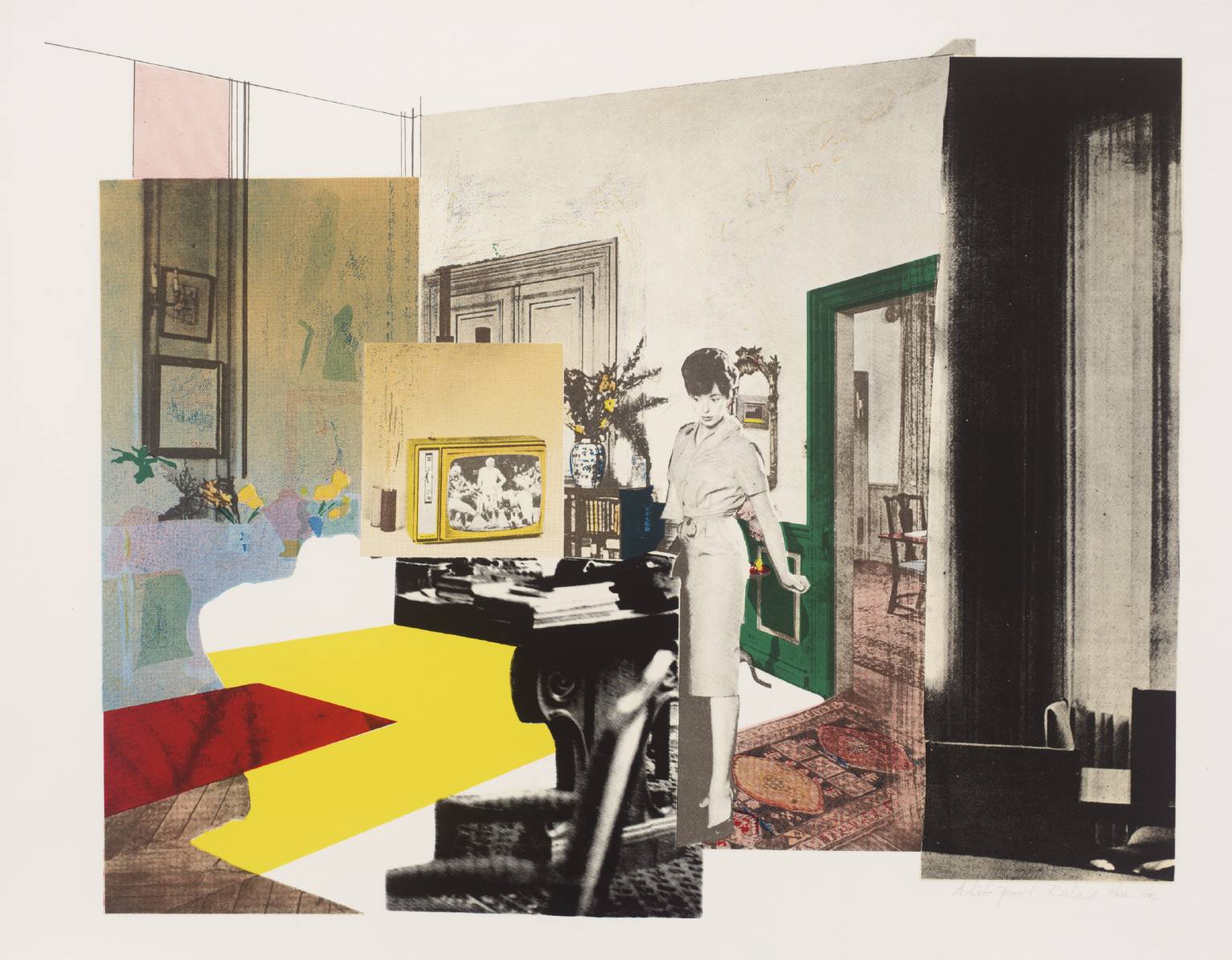
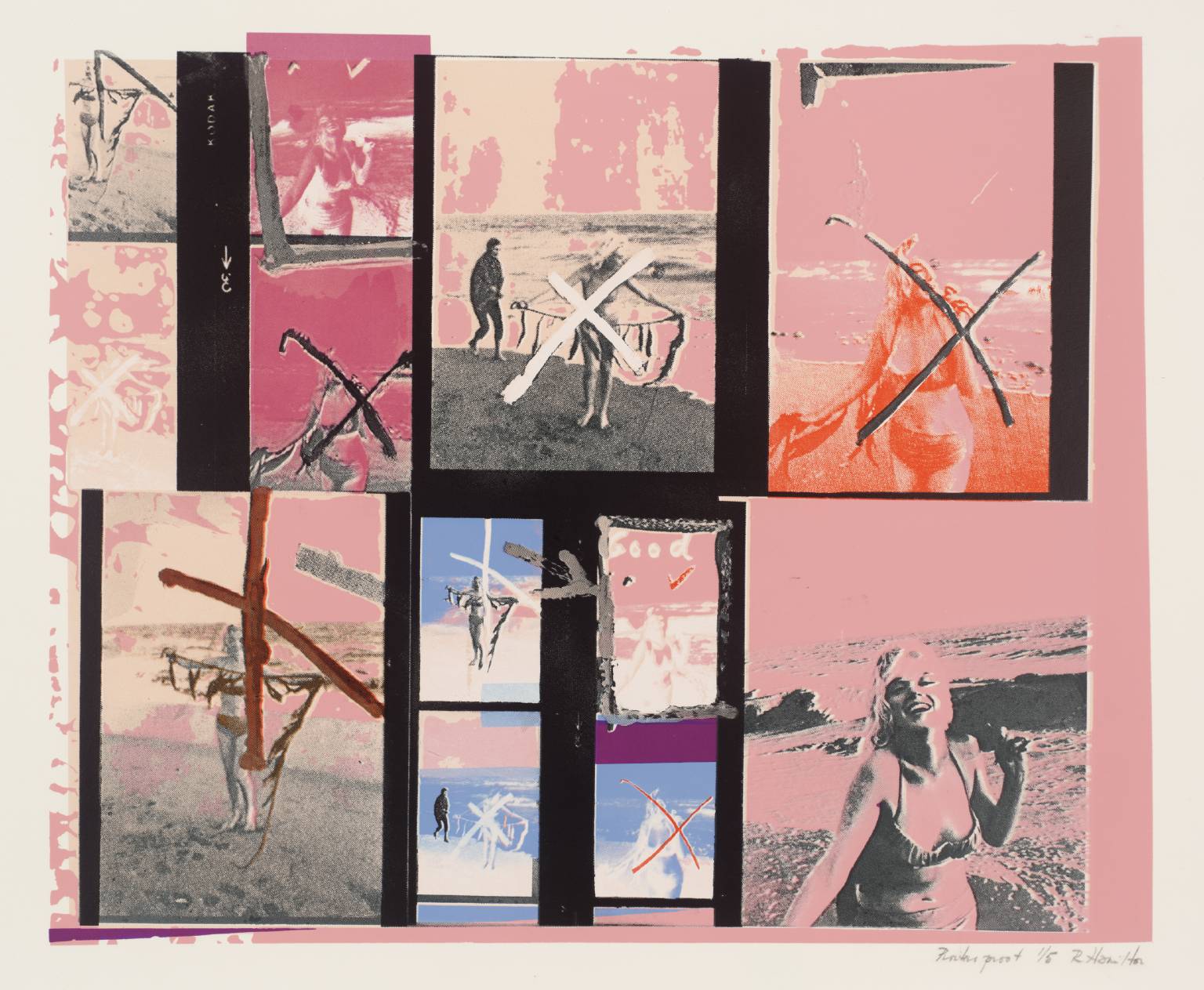

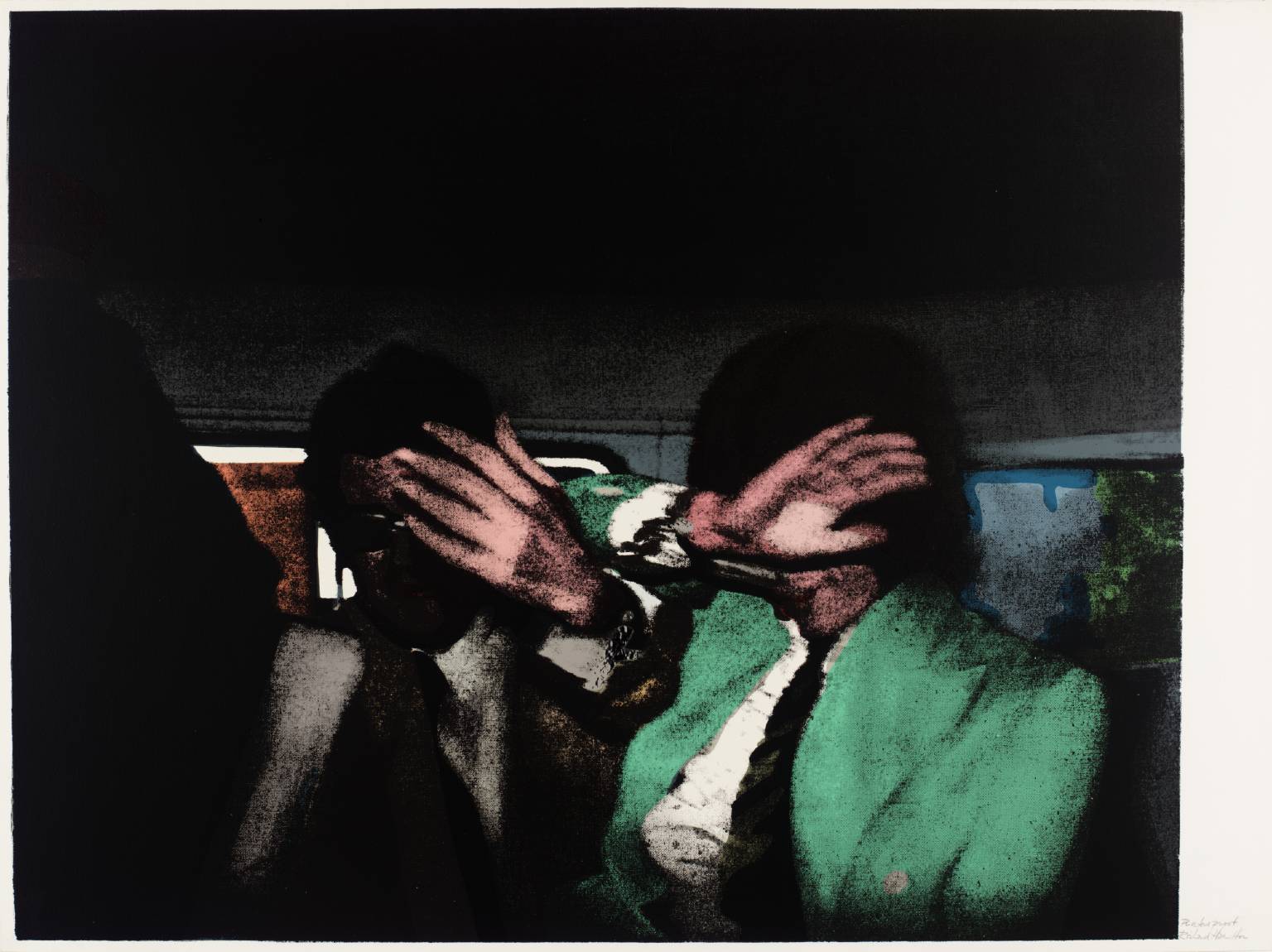
You've viewed 6/13 artworks
You've viewed 13/13 artworks

